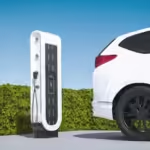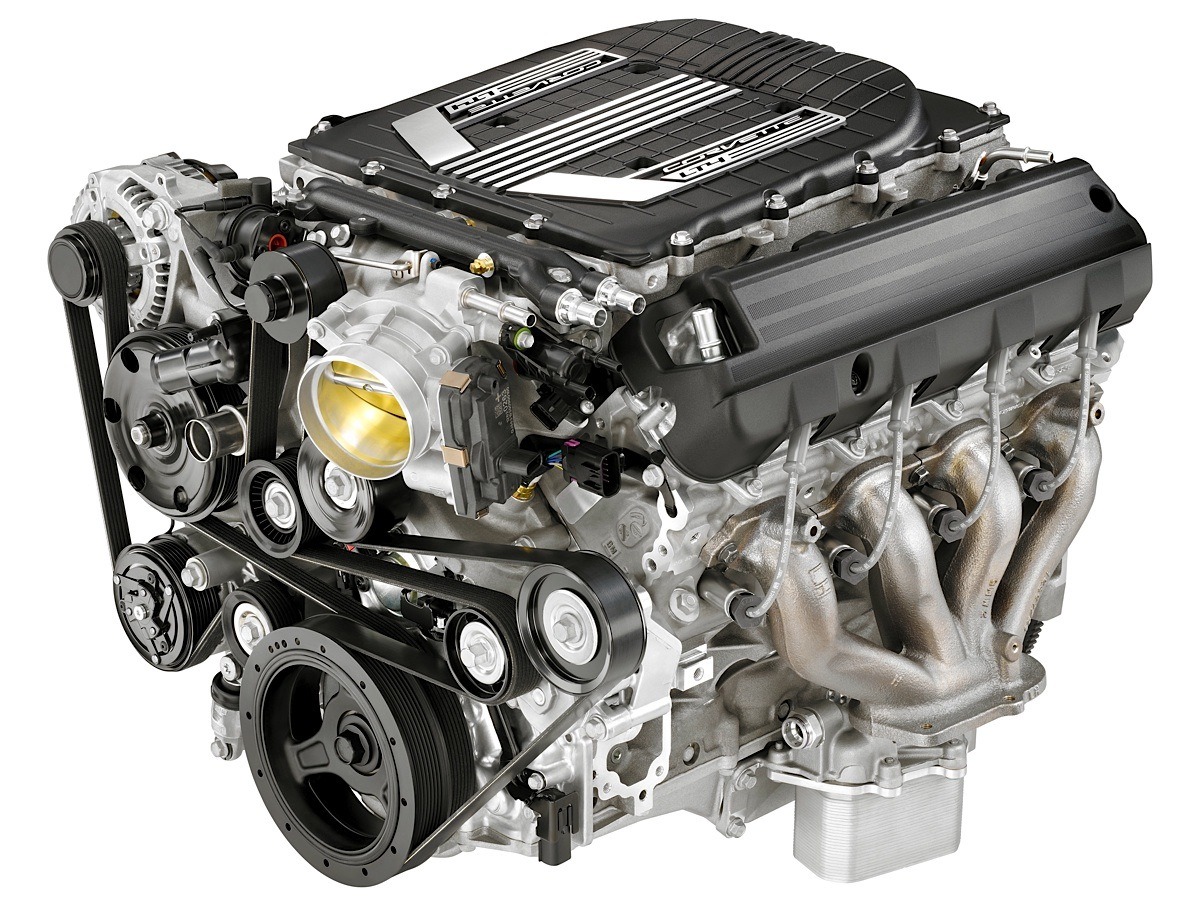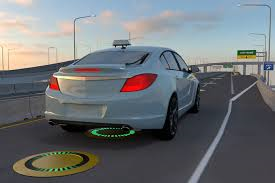
GASOLINE ENGINE : Components, Origins and Manufacturers 1
Gasoline engine, also known as a petrol engine, is a type of internal combustion engine that ignites fuel-air mixture to generate power. It operates by converting the chemical energy stored in gasoline into mechanical energy, which can then be used to propel vehicles or drive machinery. Gasoline engines are widely used in automobiles, motorcycles, small aircraft, and various other applications due to their efficiency, reliability, and relatively low cost.
Components of a Gasoline Engine:

1. **Cylinder Block:** This is the main structure of the engine, housing the cylinders where combustion occurs.

2. **Pistons:** These are cylindrical components that move up and down within the cylinders. They are connected to the crankshaft via connecting rods.

3. **Crankshaft:** The crankshaft converts the linear motion of the pistons into rotational motion, which drives the vehicle’s wheels or other machinery.

4. **Camshaft:** The camshaft controls the opening and closing of the intake and exhaust valves, ensuring that fuel is injected into the cylinders and exhaust gases are expelled at the proper times.

5. **Valves:** Gasoline engines typically have intake valves, which allow fuel-air mixture into the cylinders, and exhaust valves, which allow the combustion gases to exit.

6. **Fuel System:** This includes components such as the fuel tank, fuel pump, fuel injectors (or carburetor), and fuel lines, which deliver gasoline to the cylinders.
READ ALSO :Impact of Using the Wrong Engine Oil on Various Types of Engines 1

7. **Ignition System:** This system includes components such as spark plugs and an ignition coil, which ignite the fuel-air mixture in the cylinders.

8. **Cooling System:** Gasoline engines generate a significant amount of heat during operation, so a cooling system is necessary to prevent overheating. This typically includes a radiator, coolant, water pump, and thermostat.

9. **Lubrication System:** This system ensures that moving parts within the engine are adequately lubricated to reduce friction and wear. It includes components such as an oil pump, oil pan, and oil filter..
READ ALSO : Maintaining Your Vehicle Engine To last Longer 101 best way
Types of Gasoline Engines:

1. **Inline Engine:** In an inline engine, the cylinders are arranged in a single row along the crankshaft. This configuration is common in four-cylinder engines and is known for its simplicity and compactness.

2. **V Engine:** In a V engine, the cylinders are arranged in a V-shaped configuration, with a certain angle between the two cylinder banks. This design allows for more cylinders to be packed into a smaller space and is often used in larger vehicles or high-performance applications.

3. **Flat Engine (Boxer Engine):** In a flat engine, the cylinders are arranged horizontally, with opposing cylinders facing each other. This layout results in a lower center of gravity, which can improve vehicle handling, and is commonly used in vehicles like Subaru and Porsche.

4. **Rotary Engine:** Also known as a Wankel engine, this type of engine uses a rotor instead of pistons to create combustion. It has a compact size and high power-to-weight ratio but is less fuel-efficient and prone to sealing and oil consumption issues.

5. **Turbocharged Engine:** A turbocharged engine uses a turbocharger to compress the intake air before it enters the cylinders, allowing for more fuel to be burned and increasing power output. Turbocharging is commonly used in high-performance engines to boost performance without increasing engine size.

6. **Supercharged Engine:** Similar to a turbocharged engine, a supercharged engine uses a supercharger to compress the intake air. However, instead of being powered by exhaust gases like a turbocharger, a supercharger is driven directly by the engine’s crankshaft, providing instant power delivery but consuming more engine power.
Origins and Manufacturers:
Gasoline engines have a rich history dating back to the late 19th century. Some of the earliest pioneers in gasoline engine development include Nikolaus Otto, who patented the first four-stroke internal combustion engine in 1876, and Karl Benz, who is credited with inventing the first practical automobile powered by a gasoline engine in 1885.
Today, gasoline engines are produced by numerous manufacturers around the world. Some of the major players in the automotive industry include:

1. **Toyota:**
Toyota is a Japanese automaker known for its efficient and reliable gasoline engines. Toyota’s engines are used in a wide range of vehicles, from compact cars to hybrid electric vehicles.

2. **General Motors (GM):**
GM is an American multinational corporation that produces gasoline engines under various brands, including Chevrolet, GMC, Cadillac, and Buick. GM engines are known for their performance and durability.

3. **Volkswagen Group:**
Volkswagen Group is a German automotive company that manufactures gasoline engines for its Volkswagen, Audi, Porsche, and other brands. Volkswagen engines are known for their efficiency and advanced technology.

4. **Ford:**
Ford is an American automaker famous for its powerful gasoline engines, especially in trucks and high-performance vehicles like the Mustang. Ford engines are known for their performance and versatility.

5. **Honda:**
Honda is a Japanese manufacturer that produces gasoline engines for its vehicles as well as for other applications such as power equipment and motorcycles. Honda engines are known for their reliability and fuel efficiency.

6. **BMW:**
BMW is a German luxury automaker that produces high-performance gasoline engines for its BMW and MINI brands. BMW engines are known for their smoothness and power delivery.

7. **Mercedes-Benz:**
Mercedes-Benz is a German luxury automaker known for its refined and powerful gasoline engines. Mercedes-Benz engines are used in a wide range of vehicles, from luxury sedans to high-performance sports cars.
These are just a few examples of manufacturers producing gasoline engines worldwide. Each manufacturer has its own unique engineering and design philosophies, resulting in a diverse range of engines with varying performance characteristics and applications..
JOIN OUR WHATSAPP CHANNEL TO STAY UPDATED ON LATEST BLOGS AND NEWS
FOLLOW US ON FACEBOOK OR ON TWITTER X












